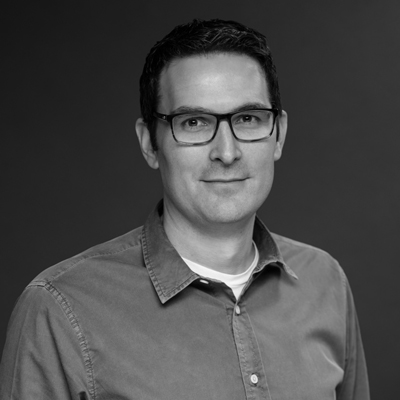500 ms of magic: What we can learn from the miraculous stability and flexibility of eye-hand coordination
Title:
500 ms of magic: What we can learn from the miraculous stability and flexibility of eye-hand coordination
Info:
Dr. Craig Chapman
University of Alberta
Date:
Friday, September 27, 3:00 PM to 4:00 PM MST
Where:
Room P-226

Abstract:
Using our eyes to guide our hand to objects we interact with in our environment is one of the most important and frequent sensorimotor tasks we perform. Don’t be fooled into thinking it’s easy because you don’t have to think about it. In fact, I’d argue the opposite - this protection from cognitive meddling exists precisely because this is an ecologically critical and evolutionarily preserved behaviour. In this talk I will take you on a decade-long journey into our exploration of eye-hand coordination during object interaction. Across control groups and prosthetic limb patients, in the real world and virtual reality and online with mouse clicks and webcam eye tracking, wherever we look we find a remarkable pattern of stability and flexibility. When your hand (or engineered device, or virtual arm or cursor) approaches a target your eyes get there at least 500 ms before. But, in the milliseconds after you begin interacting with an object (grasp it, close a claw on it, click a VR controller button to lift it or click and drag it with a mouse) we gain a breathtaking window into the symphony of sensory integration that must occur during these events. I will show what happens in these crucial moments when you do or do not have the predicted sensory feedback and how we can use a careful measurement of gaze behaviour to chart the subsequent fallout.
Bio:
Craig Chapman studies how the brain makes decisions that allow people to successfully navigate their world, targeting relevant objects for action and ignoring or avoiding irrelevant ones.
These decisions play an essential role in healthy living, but often fall below conscious awareness. Chapman asks what is the added value of consciousness, and what does it mean for non-conscious decision processing to play such a strong role. The question suggests an important blurring of the distinction between the conscious and the non-conscious. In his lab, Chapman uses a detailed analysis of sensorimotor processing that integrates eye-tracking, electroencephalography and motion-tracking. This has shown that a decision about making a movement doesn’t end once the movement is initiated, but continues until the movement is complete. Therefore, movements provide a window into deciding and thinking, and movement recording is a powerful research tool for science and a diagnostic tool for medicine.